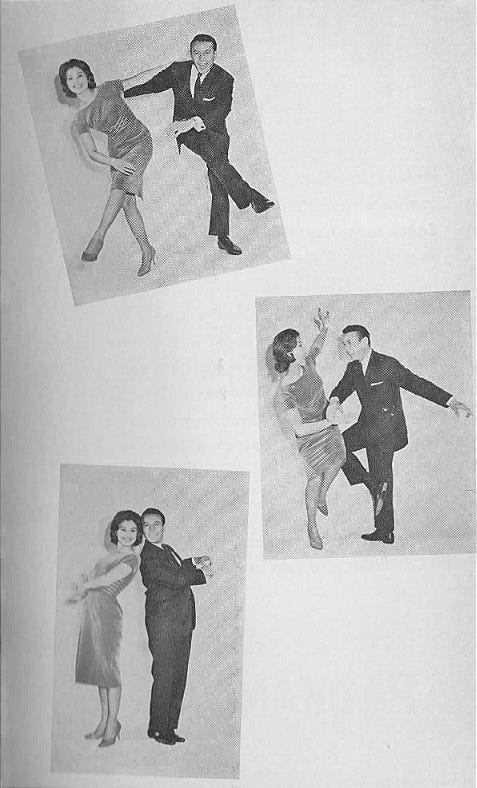La Pachanga: Cuba's early rock-n-roll dance was a sensation. Until it wasn't.
Everyone wanted in but forgot its inventor.
While la pachanga would prove to be a passing fad overshadowed by the mambo and cha-cha-chá, in 1961 it had its moment on international dance floors.
“La pachanga is a dance that originated in Cuba and spread to New York via Miami where it didn’t stop long enough for a cup of coffee,” quipped John Lucchese, an East Harlem native who was a ballroom dancer, attorney and court judge, in a book he quickly turned out that year titled Pachanga.
Thanks to the efforts of two dance teachers and promoters named Bernie Sager and Sidney Trott - the latter was the owner of the Arcade Record Shop in Miami’s South Beach - pachanga was trending at the Arthur Murray and Fred Astaire dance schools across the United States.
“So ‘boffo’ has the new Cuban import been in dance halls and the musical recording field that dance industry pace setters are already predicting that it will wriggle rings around any Latin rhythm ever introduced,” blared a story in New York Newsday that May. It described the dance as incorporating steps from “the shag, the shuffle, the Charlston, the cha-cha-chá and the bunny hop,” essentially, a Cuban form of emerging rock-and-roll. The writer failed to note the essential Afro-Cuban contribution to the swinging rhythm.
Writing in the Encyclopedia of Latin American Music, George Torres would later detail the basic pachanga moves as “take two steps forward and then shake a foot in both directions in sort of a small hop.”
Ballroom dance school czar Arthur Murray, who described it as a cross between “a samba and a meringue [sic],” noted that the dance had to be simplified for Americans because “there was too much jumping around in it.”
“You just get out there and ad-lib the steps mostly,” Frank “Killer Joe” Piro, a dance instructor and dancefloor star at New York’s Palladium Ballroom told Newsday. “This is a happy dance and anything goes.”
Flute player Johnny Pacheco, who would soon co-found Fania Records with Jerry Masucci, caught the pachanga ball and ran with it. As with other Cuban styles that would be stirred into what became known as salsa, he and other New York musicians adapted la pachanga and adopted it as their own, sparking a dispute over who originated it.
But there was really no doubt. It was Eduardo Davidson.







